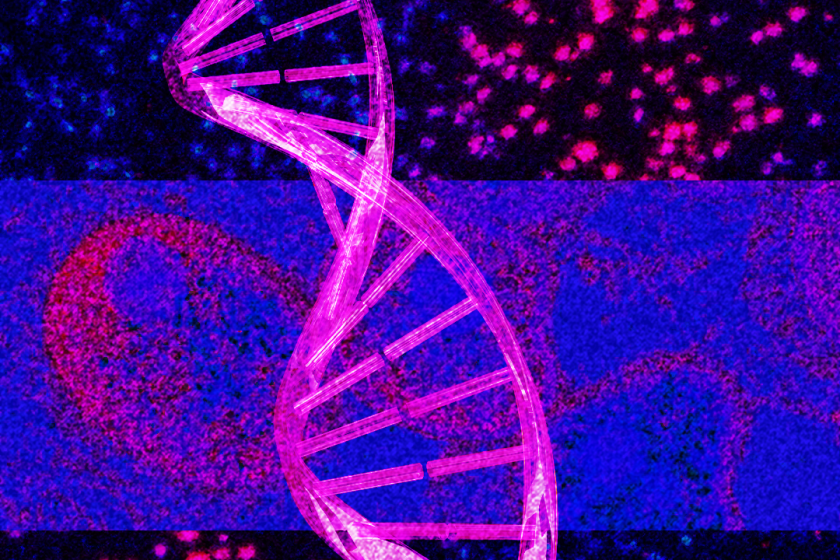Wanted: Final Resting Place for Huge Trash Pile
It isn’t toxic, hazardous or combustible. It doesn’t even stink.
Still, after a 15-year global odyssey, the last of 14,000 tons of incinerated garbage from Philadelphia has yet to find a permanent home.
About 3,000 tons now sit in the Santa Lucia, a hopper barge docked in the St. Lucie Canal about seven miles west of here.
The trash looks benign. When the sun catches the bits of broken glass amid the dirt and sludge, the waste sparkles. A couple of bushy weeds have sprouted. “We joke that at night we all have a greenish glow from being around this stuff,” said David Chadwick, 40, a supervisor for Maritime Tug & Barge, which owns the Santa Lucia. “But it’s safe. Really.”
Florida environmental officials agree--finding traces of arsenic, lead, cadmium and other potentially harmful materials at low levels. “It’s not the content but the reputation that is keeping this ash from a landfill,” said Don Payne, a spokesman for Waste Management Inc., which in January agreed to re-burn and bury the ash in a Pompano Beach, Fla., landfill under a plan scuttled by public outcry.
“Just inexplicable,” said environmental activist Ann Leonard of the group Essential Action. “This stuff is just too famous now.”
The saga of the ash barge has Homeric sweep.
It begins in 1986, when Philadelphia ran out of landfill space and contracted to have a load of incinerated household garbage shipped to the Bahamas. When the Bahamian government refused to allow the Khian Sea into port, the ship sailed on--only to be rejected by Bermuda, the Dominican Republic, Honduras, Guinea-Bissau and the Netherland Antilles.
Eventually, officials in Haiti, believing the ash was fertilizer, allowed the ship to unload its cargo on the beach in Gonaives. But in February 1988, after 4,000 tons were dumped, Haiti ordered the Khian Sea to reload the ash and take it away,
The ship fled, however, leaving the 4,000 tons of waste behind.
The Khian Sea sailed back to Philadelphia but was denied permission to dock. After waiting at anchor in the Delaware River for almost three months, the ship defied a Coast Guard order and put to sea.
Sometime after that, the ship turned up in Yugoslavia under a new name, the Felicia. Over the next two years, it sailed through the Suez Canal, changed its name again and was finally spotted in Singapore as the Pelicano--without the remaining 10,000 tons of trash.
In court in 1992, the boat’s captain admitted dumping the ash in the Indian Ocean.
In the meantime, Greenpeace, Essential Action and other environmental groups were busy lobbying to have the ash removed from the beach in Haiti, where so much had been blown around and washed into the sea that the 4,000 tons had shrunk to 3,000. Leonard and others founded Project Return to Sender, which aimed to bring the ash back to Philadelphia. But the city has refused to cooperate, Leonard said.
Last April, the Haitian government and the U.S. Department of Agriculture finally arranged to have the ash from Gonaives loaded onto the Greek ship Captain P and brought to Florida, where Waste Management would dispose of it.
“We were not told the history of the ash,” said Maritime Tug & Barge owner Stan Kraly, who offloaded the waste from the Captain P. “We were supposed to hold it for three days.”
That was almost a year ago.
Before striking a deal with Florida to take the ash, Waste Management had been rebuffed by several states--including Georgia, Alabama and Louisiana. Now, Payne said, the nation’s largest solid waste company is hunting for another dump site that will not spark community protest. The firm also is looking to be paid for its labors, although who will pay is unclear.
Kraly said he has received $20,000 for his role in the ash drama but is owed much more. So he has hired a lawyer.
“Our concern is that it gets disposed of,” said Kris McFadden, a spokesman for the Florida Department of Environmental Protection. “As for Philadelphia, we simply don’t have the power to say they have to take this waste.”
Many environmentalists, however, believe that the City of Brotherly Love is exactly where the story should end. “The simplest and most just solution would be for them to take it back,” said Kenny Bruno of the New York-based group EarthRights International. “The city saved $630,000, which is what they would have paid if it had been disposed of. And they have never lifted a finger to take responsibility.”
*
Times researcher Anna M. Virtue contributed to this story.
More to Read
Start your day right
Sign up for Essential California for news, features and recommendations from the L.A. Times and beyond in your inbox six days a week.
You may occasionally receive promotional content from the Los Angeles Times.






